19 July 1778 Sunday
. . . . . .
Artifacts of the Bianconi vs Piranesi 'Circus of Caracalla' affair 1772-1789
Giovanni Lodovico Bianconi's "Elogio Storico del Cavaliere Giovanni Battista Piranesi Celebre Antiquario ed Incisore de Roma" (1779)
paragraph thirteen
Stava pure facendo ultimamente alcune ricerche sulle rovine del Circo detto di Caracalla, che si vedono a due miglia fuori della porta Capena, rovine tanto più degne del pubblico, quanto che questo circo è il solo a nostra notizia in tutto il mondo, di cui restino vestigia sufficienti per darci idea dell’architettura circense più composta di quello che si è sinora creduto. Strana cosa, che de’ circhi non ci faccia menzion Vitruvio. Avendo qualche amatore dell’arti antiche e nostro conoscente fatto egli pure indefesse ricerche sopra queste rovine, saremmo ben contenti di rendere qui giustizia agli studi del Piranesi, se di questi non ci fosse stato un mistero.
He was also recently doing some research on the ruins of the circus known as Caracalla, which can be seen two miles outside the Porta Capena, ruins all the more worthy of the public, given that this circus is the only one we know of in the whole world, of which sufficient vestiges remain to give us an idea of the circus architecture more composed than hitherto believed. Strange thing, that Vitruvius does not mention circuses. Having some amateurs of the ancient arts and acquaintances of ours also made indefatigable searches on these ruins, we would be happy to do justice to Piranesi's studies here, if there hadn't been a mystery about them.
paragraph fourteen
La impresa che più d’ogni altra occupava ultimamente il Piranesi, era la immensa Villa Tiburtina dell’Imperadore Adriano, monumento incomparabile di tutto ciò che aveva di più bello l’antichità, se gli anni e la barbarie non ce l’avessero distrutta. Egli a forza di diligenza e fatica ne aveva scoperta la pianta generale, e copiati que’ pochi vestigi che vi si vedono, dopo che il resto ha servito ad ornare i nostri moderni edifizi. Si pretende che un così improbo lavoro abbia accelerata la sua morte, e voglia Dio che sieno restati tanti disegni, quanti bastino affinché sia pubblicata un’opera così interessante. Adriano, oltre all’essere ingegno singolare nel governo dell’Impero Romano, fu architetto, pittore, scultore eccellentissimo, musico eccetera; ed è in questa villa che egli volle lasciar memoria di tanti suoi studi. Chi sa se non ne fu opera sua l’architettura, e se tra le statue che ora ci si vanno trovando, non ve n’è qualcheduna ancora di sua mano? Certo è che Aurelio Vittore ci dice che
Adriano non la cedeva ai più illustri scultori della Grecia.
The enterprise which more than any other had recently occupied Piranesi was the immense Villa Tiburtina of the Emperor Hadrian, an incomparable monument of all that was most beautiful in antiquity, if the years and barbarism had not destroyed it. By dint of diligence and effort he had discovered the general plan, and copied those few vestiges that can be seen there, after the rest has served to decorate our modern buildings. It is claimed that such an arduous work hastened his death, and God grant that there are as many drawings left as are enough for such an interesting work to be published. Adriano, in addition to being a singular genius in the government of the Roman Empire, was an excellent architect, painter, sculptor, musician, etc.; and it is in this villa that he wanted to leave the memory of many of his studies. Who knows if the architecture was not his work, and if among the statues that are now found there aren't any still by his hand? What is certain is that Aurelius Victor tells us that
Hadrian did not give it to the most illustrious sculptors of Greece.
46 y.o. Francesco Piranesi 1804
Le Antichità della Magna Grecia Parte I
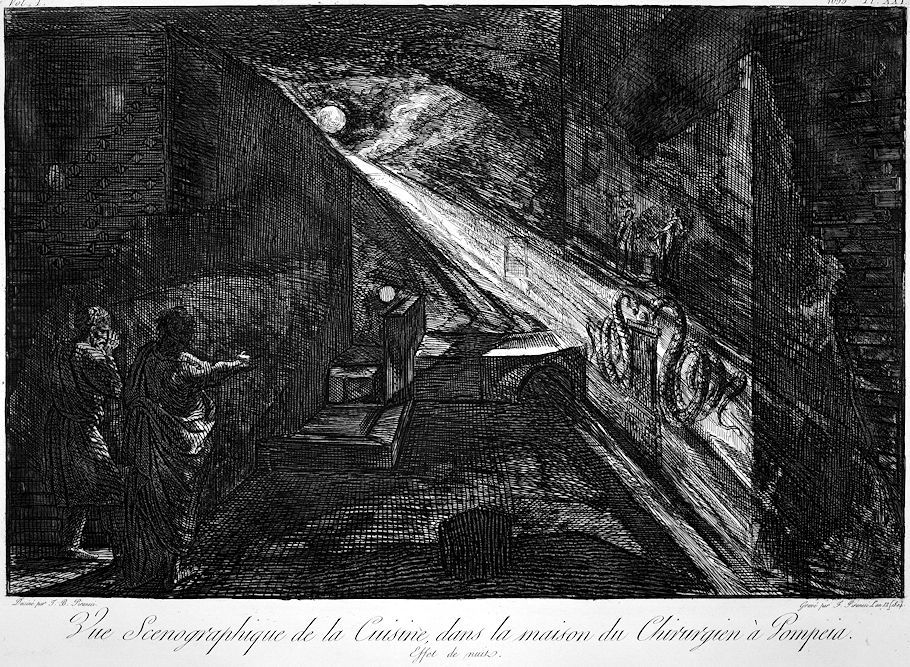
Scenographic View of the Kitchen, in the Surgeon's House in Pompeii.
Night effect.
Drawn by G.B. Piranesi
Engraved by F. Piranesi Year 12 (1804)
19 July 1812 Sunday
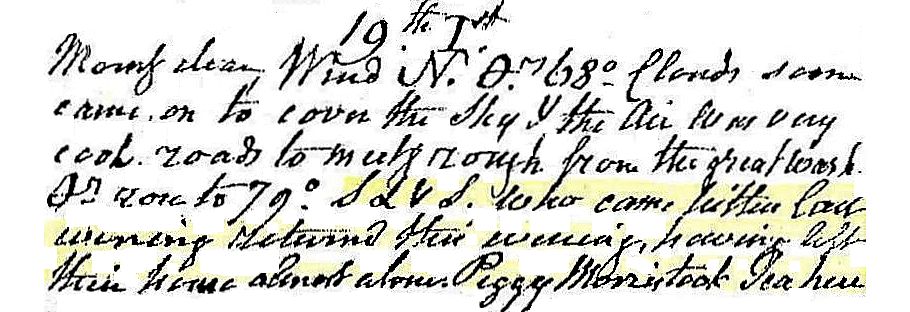
Morning clear, wind N, temperature 68°. Clouds soon came on to cover the sky and the air was very cool. Roads to Meeting rough from the great wash. Temperature rose to 79°. SL and S who came hither last evening returned this evening, having left their house almost alone. Peggy Morris took tea here.
19 July 2001
Crispus and Fausta
Hans A. Pohlsander:
I wonder if you could provide me with some information regarding the damnatio memoriae of Crispus and Fausta. Particularly, I'm trying to find out what ancient evidence there is that there was a damnatio memoriae of these two imperials. For example, was a damnatio memoriae typically issued as a Roman law, and, if so, what ancient legal text contains the damnatio of Crispus and Fausta. Or do we only know that there was a damnatio memoriae from post Constantine historians such as Aurelius Victor and Zosimus?
The main thrust of my present research involves Helena and Eutropia and their role in the rise of Christian architecture throughout the Empire. Presently, I am of the opinion that Crispus, Fausta, and Helena all died in 326--Crispus in May, and Fausta and Helena in Rome sometime next week 1675 years ago. Essentially, I take Eusebius' chapters 4 - 53 of book III of the Vita Constantini as being in chronological order. Who were those three imperials that first entered the Council of Niceae? I say Crispus, Fausta and Helena. The burial of Helena probably occurred August 1 or 2, just before Constantine left Rome for the last time of August 3. Eutropia remained ever loyal to Constantine, like she did in Rome, 312 when she admitted the adulterous paternity of Maxentius. Moreover, Eutropia continued Helena's church building efforts in the Holy Land, and I believe it was Eutropia that died in 329 when the Helena coins stopped appearing. Did Eustathius speak of Helena and the Cross when everyone know that Constantine forbade such talk of his dead mother. You see, I believe with the Cross came again three deaths, and that this 'sign' became Constantine's greatest test of faith -- there was first confusion and then there was silence.
exactly 1675 years ago
It was yesterday 1675 years ago that Constantine the Great arrived in Rome to end his Vicennalia, his 20th anniversary as a Roman ruler. The next two weeks were not all joy and happiness, however, and indeed there was already a dark cloud over the celebration. Just two months prior, Constantine was for some reason forced to command the execution of his eldest son Crispus. That a father had to authorize and witness the death of his son is frightening enough, but just imagine what Rome was thinking given that, at this very same time 1675 years ago, Helena, Constantine's mother was also making her way to Rome for the celebrations, and she was bringing with her part of the newly discovered True Cross, testimony of the death of another Son.
Constantine's second wife, Fausta, was not the mother of Crispus, yet it is written that Constantine also ordered her death right around this time. It's said she died in an overheated bath, a compulsory suicide even. Could it be that Fausta died exactly on July 25, the very day of Constantine's anniversary? That might explain why she also suffered damnatio memoriae, like Crispus.
Eusebius, in his Life of Constantine, which was published the year after Constantine's death in 337, writes of Helena's death and burial, and even states that Constantine was with her at the time. Helena was indeed buried in Rome in what many believe was the mausoleum and sarcophagus originally intended for Constantine. Were the mausoleum and sarcophagus already complete in 326, and awaiting their presentation to Constantine during the Vicennalia? On August 3 Constantine left Rome and was never to return to Rome, alive or dead. After dying with a very broken heart, could it be that Helena was buried August 1 or 2? Could it be that with the finding of the True Cross again came three deaths?
19 July 2020
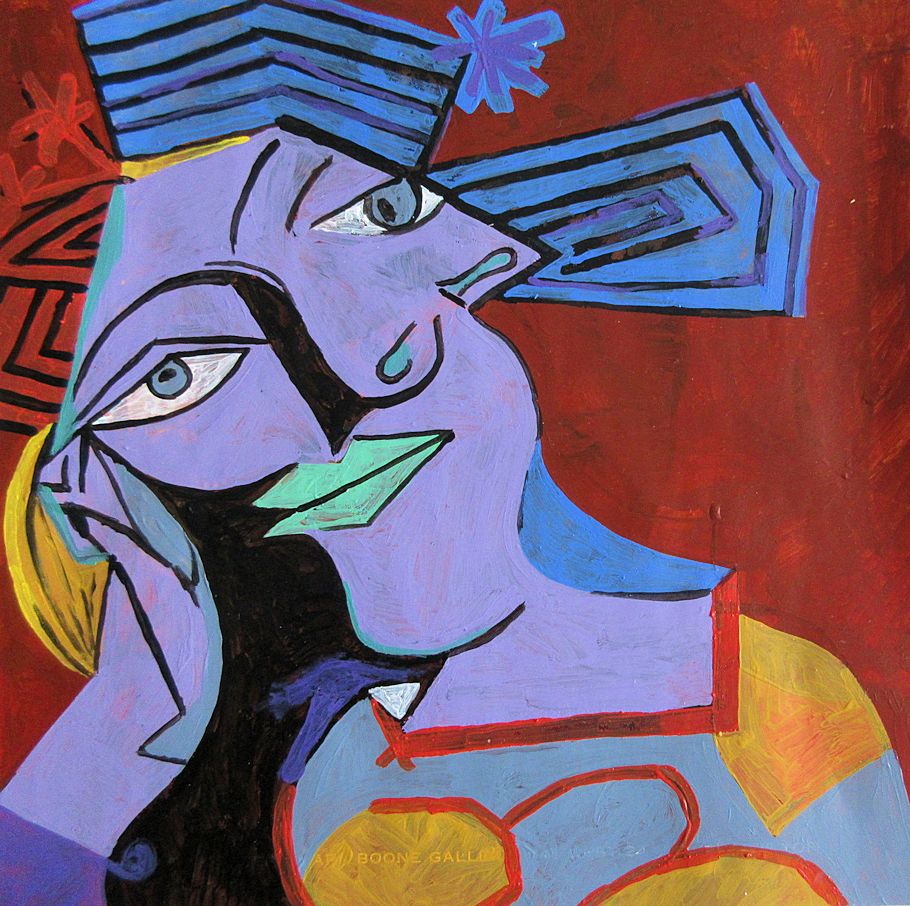
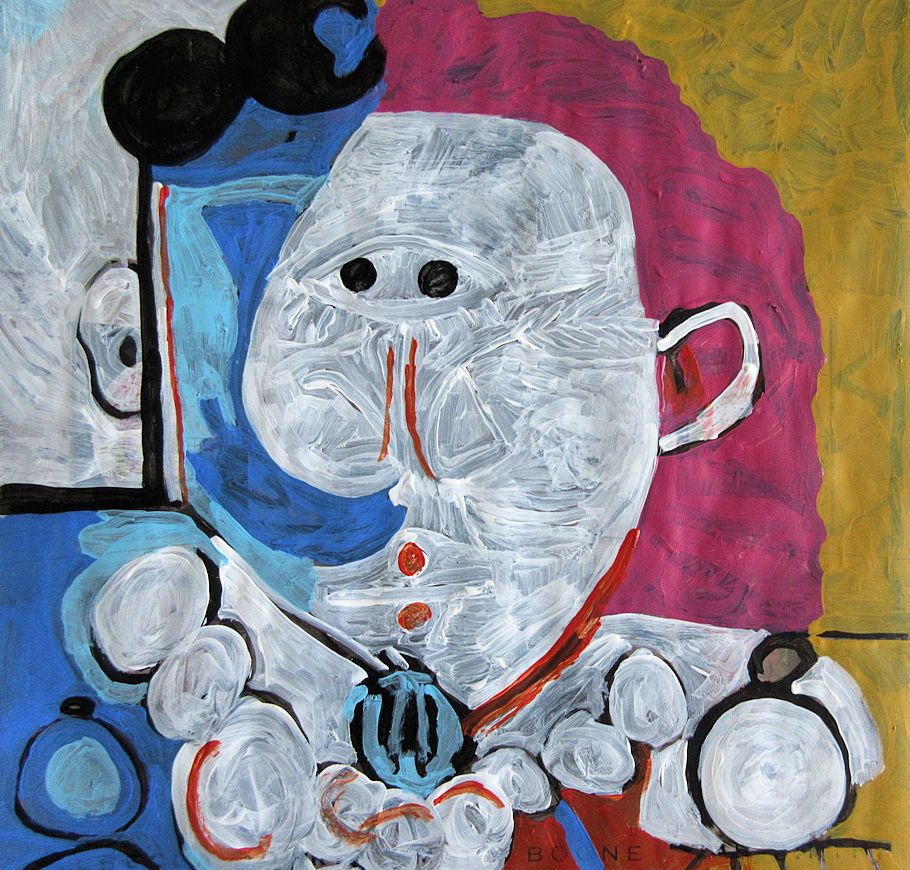
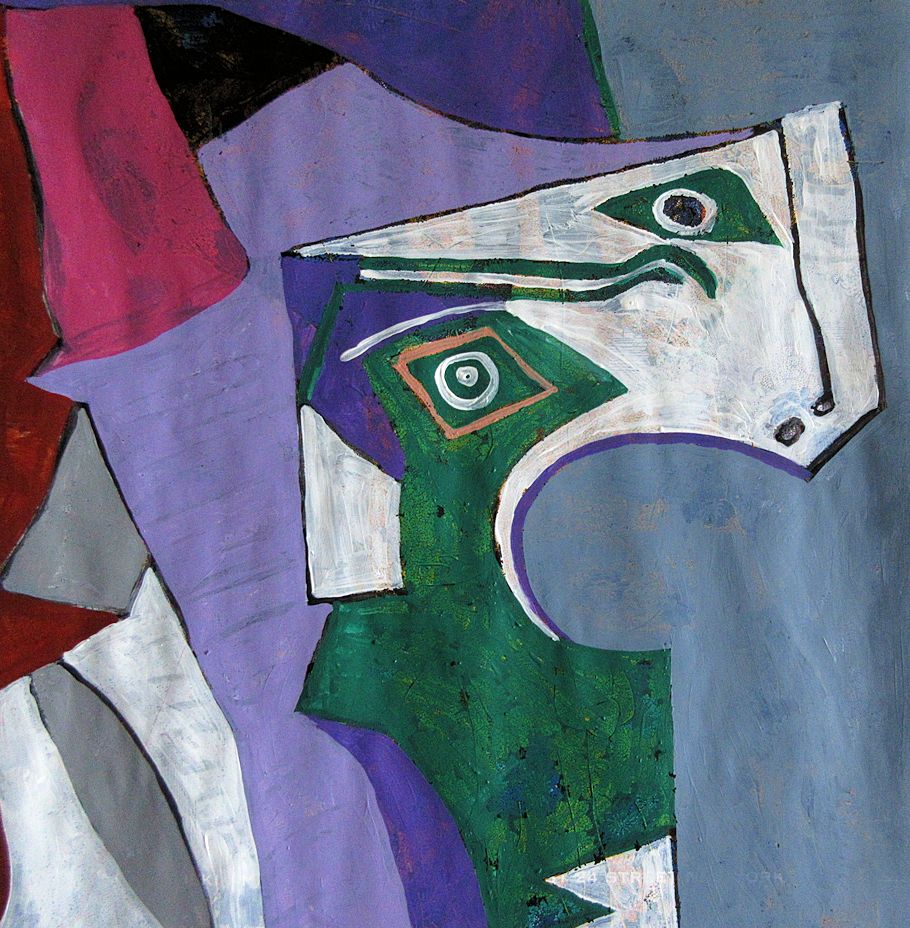
19 July 2021
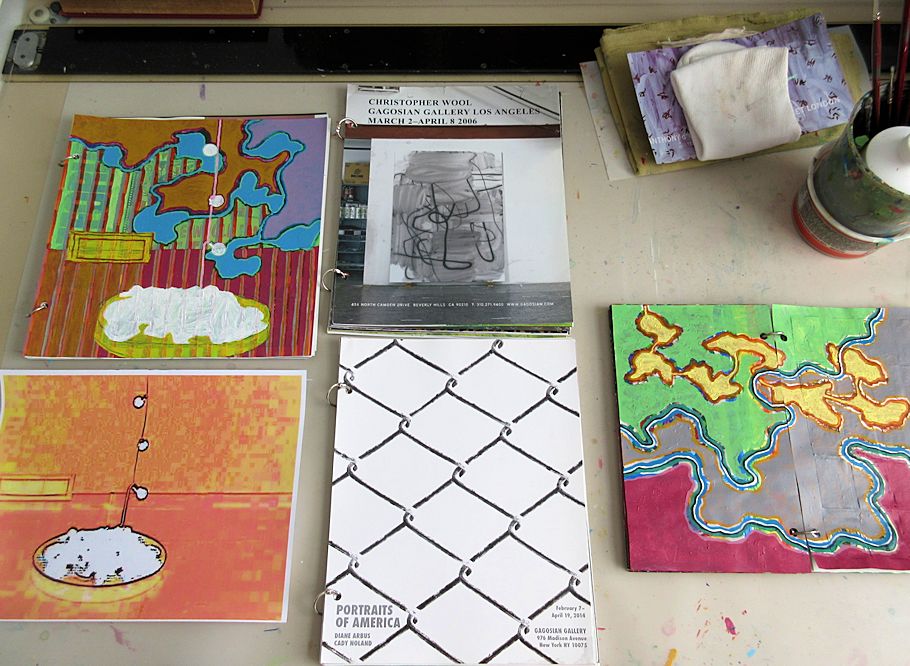
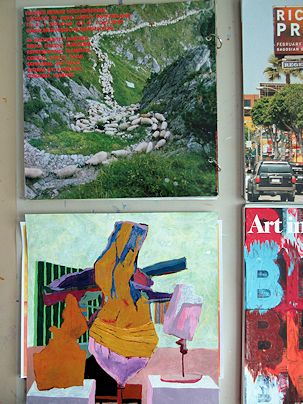 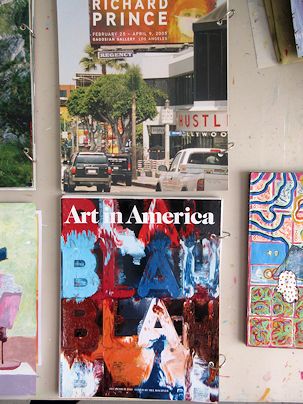 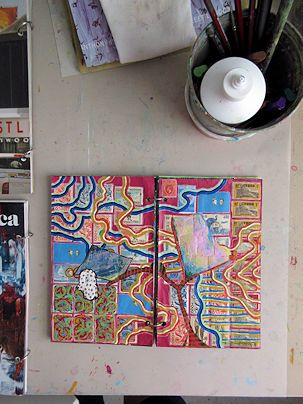
19 July 2023 Wednesday
Eutropia and Hélène Gregoroffsky Fisher are the "bookends" of The Discovery of Piranesi's Final Project.
Hélène Gregoroffsky Fisher, b. circa 1789-90, d. 1828.04.09 at Cincinatti, Ohio.
[unedited]
She has fascinated me since 2007, a truly fascinating historical figure.
It would be great if she soon became famous.
You know, I keep forgetting to write about the existence of love letters probably still in possession of a Miers Fisher descendant. She married Miers Fisher Jr. 4 June 1813 at St. Petersburg, and was a bride for 30 hours and thereafter a widow.
Her father-in-law, Miers Fisher, was, at the time, a Philadelphia Quaker lawyer, living in retirement at Ury. I, Stephen Lauf, am, at present, also "living in retirement at Ury"--the same exact place two centuries apart.
In 1777, Miers Fisher, was one of the Quaker exiles to Virginia, those Quaker fathers opposed to all war, in principle and in deed.
Sometime between late 1818 and 1825, Hélène Gregoroffsky Fisher was united with the Miers Fisher family in Philadelphia; her brothers-and-sisters-in-law took to her immediately.
Where is the appeal to Russia?
Czar Alexander I is also fascinating, at least in the pages of Encyclopedia Britannica 1969.
|